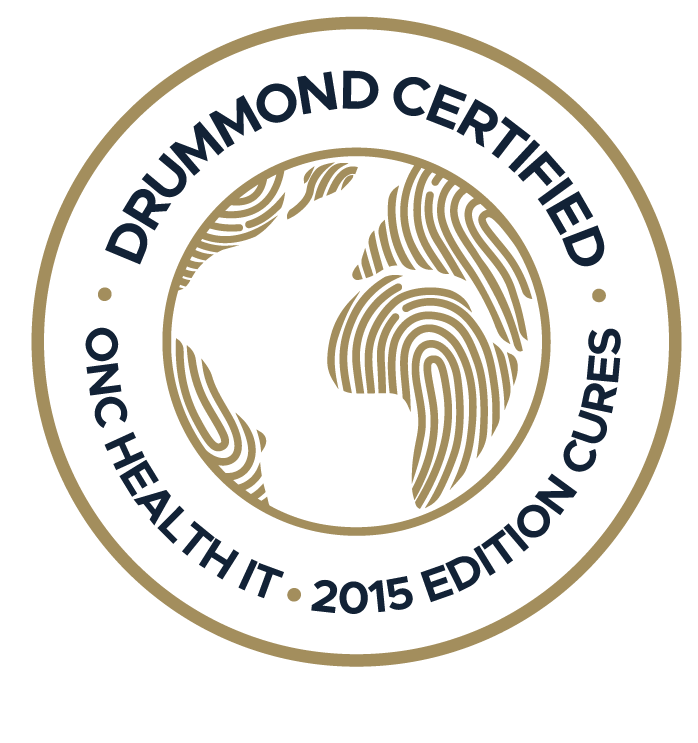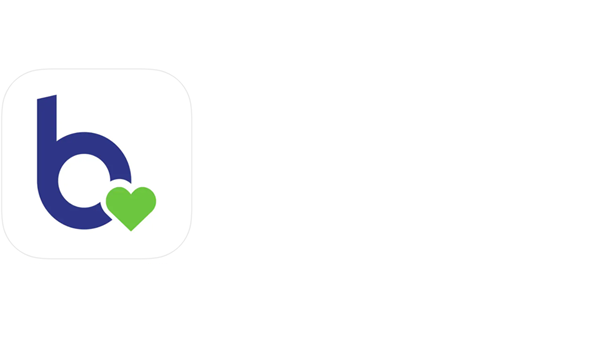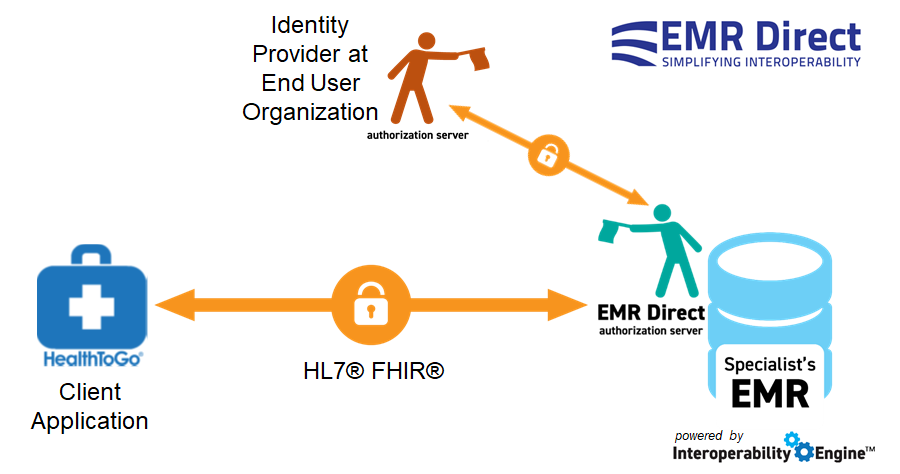Public FHIR API
If you're developing a client application that will query HL7 FHIR® data sources enabled by EMR Direct Interoperability Engine, please refer to the following resources:
API Management Platform for Direct Messaging & FHIR
Data holders, register for a complimentary Developer account to view documentation & sample code you can use to easily enable Direct Messaging or HL7 FHIR services in your Health IT application. Includes a test Direct address & FHIR endpoint, email-based support, ETT and Inferno testing guides--everything that's needed for successful certification testing with EMR Direct services.











